 Technological advancements have improved the lives of millions of people worldwide, but production, transportation, marketing and storage costs can mean that the world’s poorest communities, and those who need technology the most, do not have access to innovations that could improve their lives. Many communities in need have had to get creative and use do-it-yourself (DIY) innovations to better access everyday necessities, such as water and electricity, at little to no cost.
Technological advancements have improved the lives of millions of people worldwide, but production, transportation, marketing and storage costs can mean that the world’s poorest communities, and those who need technology the most, do not have access to innovations that could improve their lives. Many communities in need have had to get creative and use do-it-yourself (DIY) innovations to better access everyday necessities, such as water and electricity, at little to no cost.
As a result, inventors and organizations have created low-cost, energy-efficient and locally-sourced technologies that can be made and used by communities in the poorest regions of the world. While generally low-tech, these homemade innovations provide incalculable benefits and opportunities for poor populations. Below are some simple DIY innovations that are improving the lives of poor communities.
Biosand Filters
A biosand filter is an adaptation of a traditional sand filter that cleans and purifies dirty water of dirt, bacteria and pathogens. Biosand filter systems can be purchased, but because of their simple design, they can also be made locally using common materials and simple instructions available online. In its most basic set-up, the biosand filter requires only a container, clean gravel and sand. The sand layer in the filter traps and kills bacteria as the micro-organisms get stuck and feed on each other. More organisms die because of lack of food and light further down in the sand layer and into the gravel.
Childbirth Kits
Childbirth can be a dangerous and life-threatening process in the developing world. In remote areas, getting to a hospital may take hours and care may cost more than the mother can afford. For example, 60 percent of African women give birth without someone who can safely deliver the baby.
A birthing kit may help ease birth and ensure the survival of both mother and baby. While many organizations create high-end, comprehensive birthing kits, organizations such as Midwives for Haiti and the Birthing Kit Foundation Australia create simple, effective birthing kits for as little as two U.S. dollars. Expecting mothers may even create their own kits. These kits include soap, a clean blade to cut the umbilical cord, a clean cord to tie the umbilical cord and a clean sheet for the mother and baby to lie on after delivery. Along with clean childbirth practices, the World Health Organizations estimates that these kits could help avert 6 to 9 percent of the 1.16 million newborn deaths in sub-Saharan Africa.
Electrocardiography (ECG) Pads and Conductive Gel
By 2020, cardiovascular diseases are predicted to be the leading cause of death in most developing nations. Thus, machines that provide early detection and monitoring are extremely important. Since Electrocardiograph (ECG) machines are a basic technology found in most hospitals and clinics and because ECG tests are rapid, non-invasive and require minimal technical expertise to operate, they are an effective and cost-efficient technology, especially in impoverished areas.
ECG machine pads and conductive gel are disposable and highly useful in hospitals and clinics, but considering their high demand, replacing these supplies can be expensive, and more remote clinics may not receive regular shipments of supplies. Engineers of Engineering World Health have developed the idea for cheap, easily made ECG pads using brass snaps and the plastic lining of bottle caps. Their homemade conductive gel is just as simple to make from water, salt, flour and bleach. All the materials to make the pads and gel easily available and cheap, thus more easily accessible to poor communities in need of DIY innovations.
Rain Barrels
Nearly 844 million people worldwide lack access to clean water. Rain can be a precious alternative water source for poor regions. Although a simple concept, a good rain barrel or rain-fed pots and cisterns are simple and easy ways to collect drinking water. Rain barrels can be made using any sort of opaque bucket or large pot to prevent algae growth. Cutting a hole near the bottom of the container creates a spout for easy access to the water, and a simple screen placed over the top of the rain barrel keeps a majority of insects, particularly mosquitoes, out of the water. According to World Wildlife Fund, the average roof can collect around 600 gallons of water for every inch of rain. Capturing even a fraction of that water can help many poor households get enough water to survive.
Solar Water Bottle Light Bulbs
An estimated 14 percent of the world lives without electricity, with most of those without electricity living in rural, developing and poor regions. This lack of access to electricity means that many households do not have even simple technologies, like light bulbs. Luckily, the My Shelter Foundation found an inventive and simple way to bring accessible light to dark slums in Manila. Closely packed houses in slums get little light,.but a plastic water bottle filled with water and a drop of bleach solves this problem. By attaching the water bottles to holes in the roofs of these houses, light refracts from outdoors into the house, just like an electricity-dependent light bulb. The light bulb can last for five years before the water needs to be switched out.
These simple DIY innovations utilize materials readily available to poor residents, creating an accessible and usable innovation. Unfortunately, these light bulbs are only functional when the sun is out. So, the Liter of Light project, launched in 2012 by the My Shelter Foundation solved that problem as well. Adding a test tube with a small LED light into the water bottle and powering it with a small, inexpensive solar panel makes these water bottle light bulbs fully functional during cloudy days and at night. The organization’s simple light bulb can light a room up to 50 square meters for a minimum of 12 hours, powered by a 10 watt solar panel, and they have even been used outdoors as street lamps, creating safer communities.
Since 2012, these simple lightbulbs have lit 850,000 households across over a dozen countries such as the Philippines, Egypt, and Columbia.
Water Distillers
Water distillers are another DIY innovation that can be made easily with common household materials to make water safe to drink and free of.salt, heavy metals, bacteria, and other contaminants. Homemade and solar-powered distillers work by mimicking the natural water cycle; as the sun provides heat energy, pure water evaporates, leaving behind impurities. When the water condenses again, it can be collected and safely drunk.
Gaza resident Fayez al-Hindi created and built his own homemade, solar-powered water distiller. His concrete tank holds the water and the elevated glass collects the clean, evaporated water. An even simpler version of al-Hindi’s distiller can be made from two plastic water bottles attached together. Leaving the bottles in the sun at an angle allows the rising evaporated water to condense in the clean empty bottle, away from the dirty water. While these solar-powered distillers provide clean, safe-to-drink water, the evaporation and condensation process takes a long time. Al-Hindi’s distiller can make 2.6 gallons of water a day, but, because of their simple design, homemade water distillers may be an important innovation that is most accessible to the poorest communities.
These DIY innovations not only physically improve the lives of people in poverty, but they encourage independence, creativity, and self-empowerment in poor regions of the world. High-tech inventions like water distillers and light bulbs can be made from cheap and local materials, and show that life improvement need not always rely on aid from foreign countries, but on creative innovations.
– Maya Watanabe
Photo: Wikimedia Commons
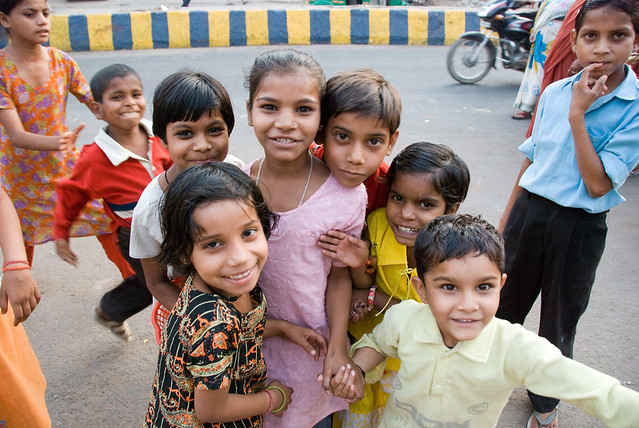
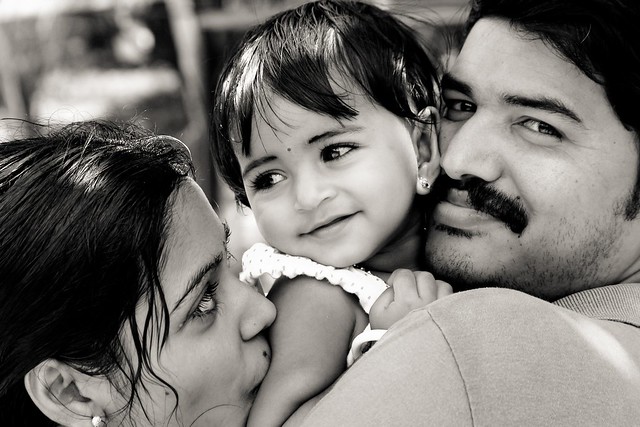 Kerala, a state within India, is renowned for its effective policies in
Kerala, a state within India, is renowned for its effective policies in 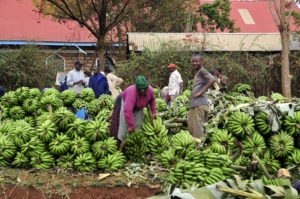 For many Americans, the face of global poverty is sub-Saharan Africa. Sub-Saharan Africa consists of
For many Americans, the face of global poverty is sub-Saharan Africa. Sub-Saharan Africa consists of 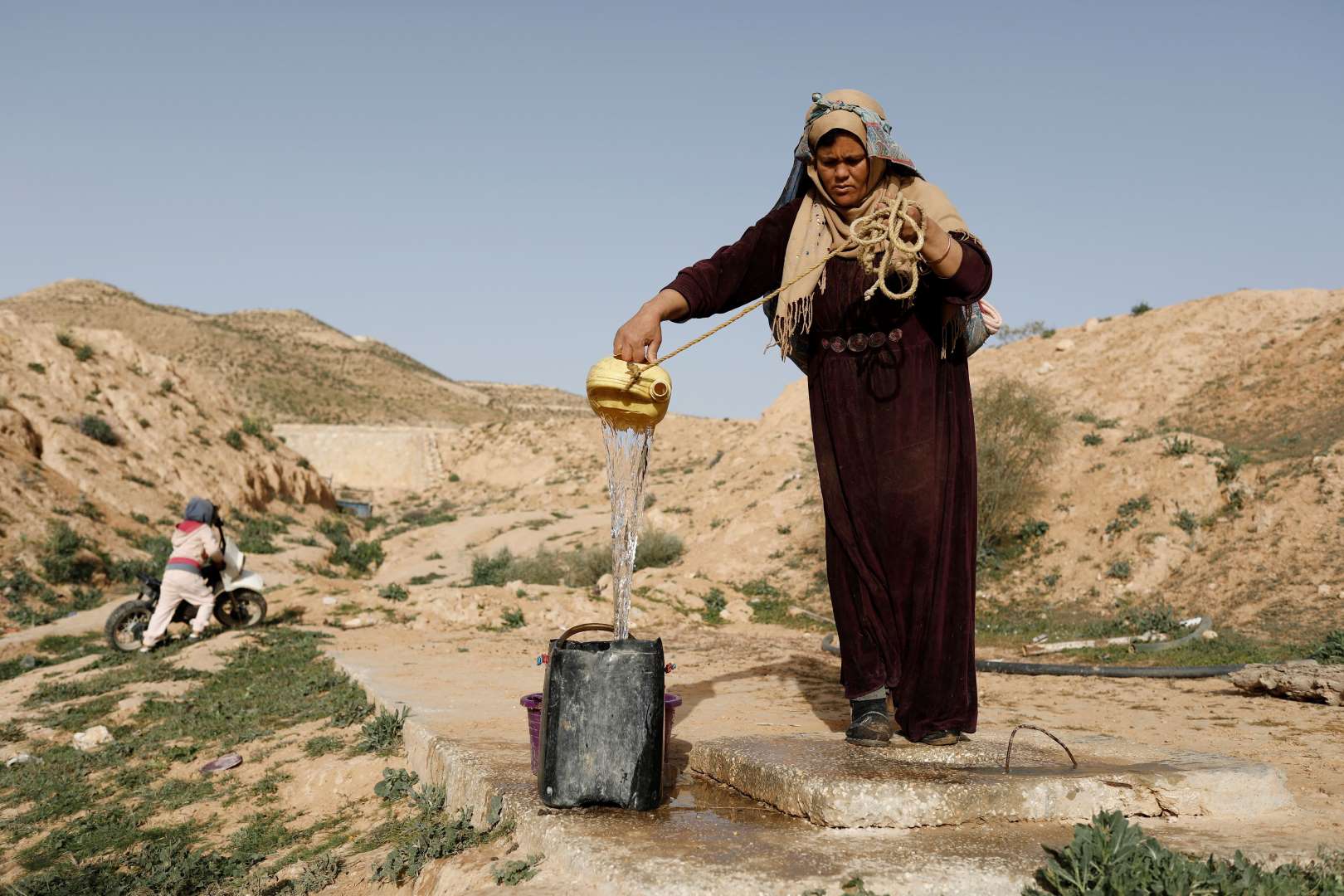 One of the most valuable resources people struggle to obtain is safe drinking water. According to the CDC, more than 2.5 billion people lack access to fresh and clean water — that’s more than 35 percent of the world’s total population. Fortunately, many water bottle companies have committed to the cause by giving a percentage of sales to charities that help supply water to people in need. Here are 10 water bottle brands that give back to people in need across the globe.
One of the most valuable resources people struggle to obtain is safe drinking water. According to the CDC, more than 2.5 billion people lack access to fresh and clean water — that’s more than 35 percent of the world’s total population. Fortunately, many water bottle companies have committed to the cause by giving a percentage of sales to charities that help supply water to people in need. Here are 10 water bottle brands that give back to people in need across the globe.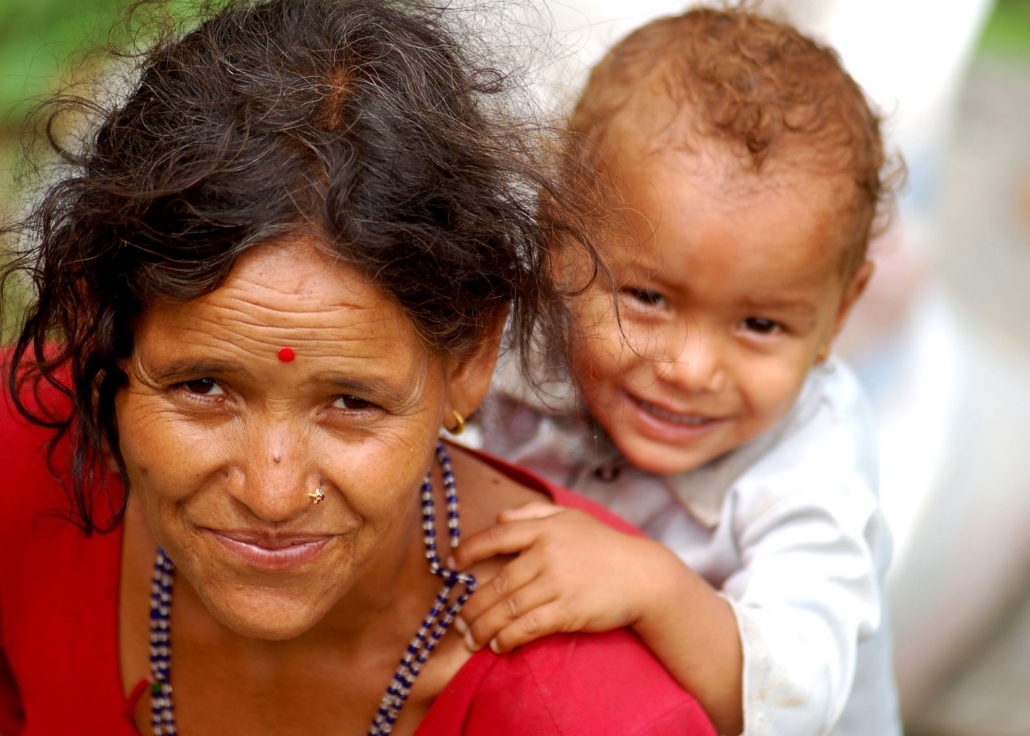
 Technological advancements have improved the lives of millions of people worldwide, but production, transportation, marketing and storage costs can mean that the world’s poorest communities, and those who need technology the most, do not have access to innovations that could improve their lives. Many communities in need have had to get creative and use do-it-yourself (DIY) innovations to better access everyday necessities, such as water and electricity, at little to no cost.
Technological advancements have improved the lives of millions of people worldwide, but production, transportation, marketing and storage costs can mean that the world’s poorest communities, and those who need technology the most, do not have access to innovations that could improve their lives. Many communities in need have had to get creative and use do-it-yourself (DIY) innovations to better access everyday necessities, such as water and electricity, at little to no cost.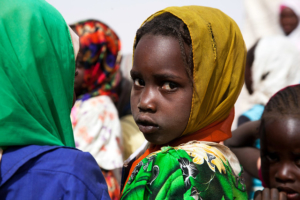 The international agencies UNICEF and UNFPA are now in their second year of
The international agencies UNICEF and UNFPA are now in their second year of 
 They say that kids grow up in the blink of an eye, and they are not wrong. Kids grow quicker than any parent can keep up with, especially those who cannot afford to properly accommodate these rapid changes. Children between the ages of one and six will
They say that kids grow up in the blink of an eye, and they are not wrong. Kids grow quicker than any parent can keep up with, especially those who cannot afford to properly accommodate these rapid changes. Children between the ages of one and six will 